The content of the article
Guinea pig - like a soft toy, only animate - easy to care for and easy to maintain. A wonderful pet that will brighten up loneliness, give warmth, delight with its tenderness for 5 to 15 years. But only subject to care and reciprocal love on your part. Caring for her is so simple that even children of primary school age will spend no more than two hours a week on the maintenance of a pair of toy animals.
Basic Guinea Pig Care Rules
Guinea pig - a small animal not only for children's fun. A small, furry animal will give pleasure even in the process of caring for it. To prevent frustration befall either you or the guinea pig, follow some recommendations for proper maintenance:
- feeding - from two to three times daily;
- thorough cleaning of the cage - once every week;
- litter change - once every three days;
- combing the hair - once every three days (if desired, every other day);
- cleaning feeders - daily;
- nail cutting - once a year.
In addition, a routine inspection is recommended every three days, which will allow you to take emergency measures as soon as necessary. The purpose of the examination is the timely detection of wheezing during breathing, runny nose, skin wounds, eye problems.
The mumps needs to provide daily walks around the apartment. At the same time, be careful not to accidentally injure a small animal, and protect it from other pets that are dangerous for the baby. If you value your furniture, take precautions, because on it a rodent can check the strength of its teeth.
Animal nutrition
The diet of the guinea pig is not distinguished by the sophistication of dishes, despite the fact that the choice of food products is quite diverse. The pet food is grain, vegetables, fruits, hay and herbs. Beets, carrots, oats, various root crops are a treat. From herbs you can give dandelion, clover, nettle, yarrow. But the beneficial substances derived from natural feed are not enough. Provide the animal with additional vitamin C in a ratio of 1 mg of ascorbic acid per 1 ml of water, which must be changed every day. When kept at home, guinea pigs need vitamin C at 20 mg per day.
It is strictly forbidden to feed a rodent with damp and dirty food, fruits that have lost freshness, as well as sweets. But flax seeds and sunflower have a beneficial effect on the fur of a beautiful woman.
The diet is important for the health of a pet. For daily feeding, observe one time in the morning and evening. Only for pregnant women an exception is made - transfer the animal to four meals a day. The food in the feeder should be constantly, as the guinea pig does not tolerate hunger.
And let it not bother you when the rodent eats its stool. This phenomenon is normal for this type of animal.
Bathing pig
Despite the fact that the guinea pig, it is negatively related to water procedures. Therefore, swimming should be carried out as necessary. In the case of severe pollution, you can do just washing the affected part of the body of the animal. The water temperature should not exceed 38 degrees, and if shampoo is indispensable, use a baby bathing product. Be careful, because the pig’s head cannot be wetted. After finishing the procedure, wrap the animal in a towel and wipe it.Use of the hair dryer is allowed, especially when your pet is from a long-haired breed.
Combing
Shorthair guinea pigs take care of themselves. Using their own teeth, they comb and thus clean their fur. But it will not hurt if at least occasionally you walk along it with a special brush. During molting, mainly in autumn and spring, it is necessary to comb the hair twice a week.
But the owner will have to take care of the long-haired animal. This procedure is necessary not only for the aesthetic appearance of the pig, but is also a kind of massage, and also does not allow tangling of the hair. If, nevertheless, a lump of lump forms, carefully cut it with scissors.
The greatest trouble is the Angora breed. Her hair reaches a length of 20 cm and must be combed two or even three times a week with a brush and a special comb. With the regularity of this procedure, the coat becomes silky. And for the summer season, you can cut the hair, thus facilitating the long-haired coat of a pig.
Teach your guinea pig to combing from an early age. To pull the wool less, moisten it. Take the animal to its knees and use a comb to untangle the hair, and then continue with a soft brush. For proper care, you will need special accessories that can be purchased at the pet store:
- soft brush for small animals;
- comb with rare teeth;
- metal brush;
- scissors.
Claw Care
The claws of a guinea pig require proper attention, the care of which is not at all a fad. They, like man’s nails, grow, and at home the animal does not have the ability to grind them naturally. Over time, long claws cause inconvenience and make it difficult to move, so the owner has to cut them periodically. The procedure is not pleasant for the animal, and for its owner. This stage of care requires utmost care and certain knowledge. The upper zone of the claw is "living", it is here that the nerve endings and blood vessels of the pigs are located. By hitting them with too short cutting, you will not only hurt the animal, but also create additional problems for yourself. A wound can become a source of infection and heal for a long time.
Claw care begins as early as one year of age with a frequency of one to two times each year. One cannot do without outside help. Someone must hold the little animal, and you are directly engaged in its manicure. People with many years of experience recommend illuminating the bottom of the claws with a flashlight for convenience. Then a clear boundary of the permissible trimming is visible. If you touch the blood vessels, stop the bleeding immediately and clean the cage to prevent infection.
As for accessories for shortening claws, scissors and tweezers can be purchased at specialized pet stores.
Dental care
In guinea pig, the front teeth, like the claws, are constantly growing, which is characteristic of all rodents. It is in nature that the animal must grind the incisors, since long teeth interfere with high-quality food intake and can injure the tongue. Provide your pet with the opportunity to chew on something solid. The problem will be solved if there is solid food in the diet, for example, grain, or tree branches (preferably fruit).
In some cases, you have to go to the veterinarian to shorten the incisors. The reason is usually the congenital arrangement of the teeth. Then plan a trip to a specialist about once every three months.
Eye care
When examining a guinea pig daily, pay close attention to your eyes. If they are clean, without secretions - this is an indicator of the healthy state of the animal.If there is the slightest change, swelling or even redness, wipe them with soft paper towels and analyze what caused this ailment. The animal does not like drafts, maybe it is worth moving the cage to a more protected place. Repeated deviations from the norm require the help of a specialist who will prescribe eye drops.
Ear cleaning
Ear cleaning is one of the important things to take care of. Check for ticks and keep them clean with a paper towel. Do not use ear buds or cotton swabs. If an unforeseen disease occurs (an unpleasant smell comes from the ears, and the animal itself bends its head to the side of the problem ear) - this is a signal for the intervention of a veterinarian.
Diseases
Guinea pigs, like any living organism, are susceptible to various kinds of diseases, although they rarely get sick. Take measures should be already at the onset of one of the symptoms that are not characteristic of the general characteristics of this type of animal:
- cough;
- lies with his eyes closed;
- tight breathing;
- increased thirst;
- the hair is tousled or falls out;
- small tremors;
- runny nose;
- loose stools;
- cramps.
When these or other signs of the disease appear, you can try on your own (if you are confident in your abilities) to treat a sick pet.
First of all, disinfect the cell. Add two to three drops of potassium permanganate to drinking water so that the solution is slightly pink. Cleanse your stomach by giving a tablespoon of castor oil. Transfer to a rigid diet, but at the same time put a few twigs instead of regular food so that the teeth work, stopping the unwanted growth of the incisors.
Nevertheless, the most reliable option for the animal to return to a normal lifestyle is to visit a veterinary clinic or call a veterinarian at home.
As you can see, caring for guinea pigs is straightforward. It only at first glance seems like a lot of trouble. The main thing - when buying, choose a fluffy beast with shiny hair, clean and dry eyes, and further pleasant worries will fall on you. Providing proper maintenance and nutrition on your part, you will receive a grateful and funny little animal in the face of a healthy pet.
Video: guinea pig care

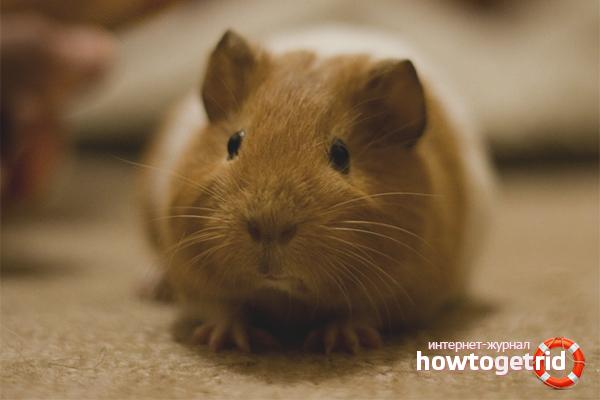
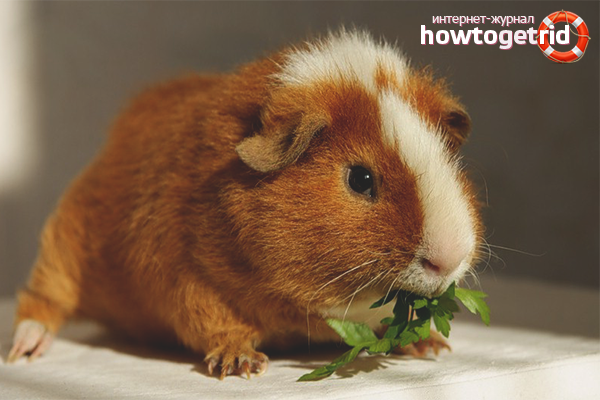
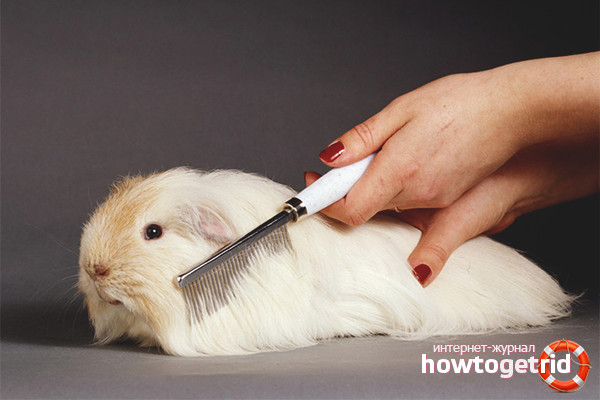
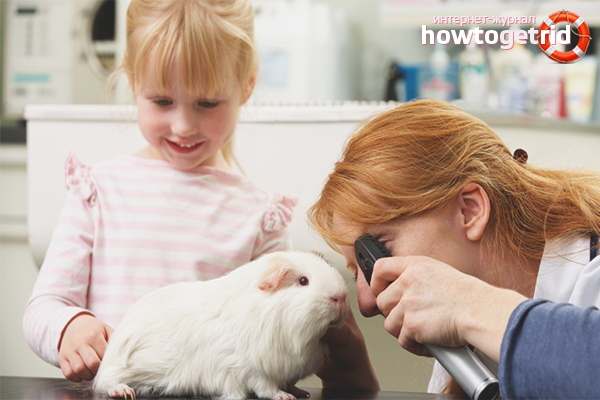
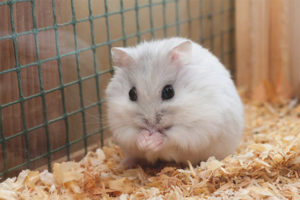
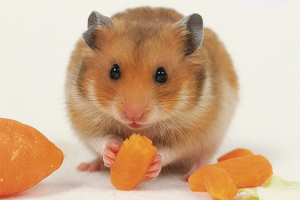
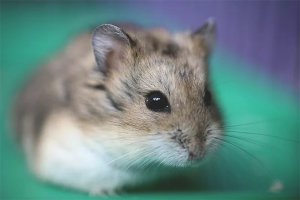
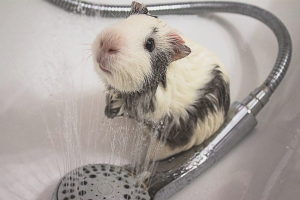
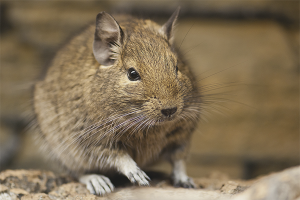
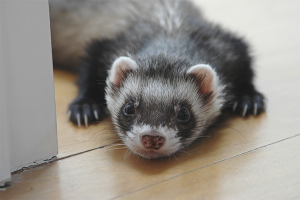
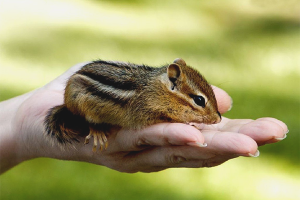

Submit